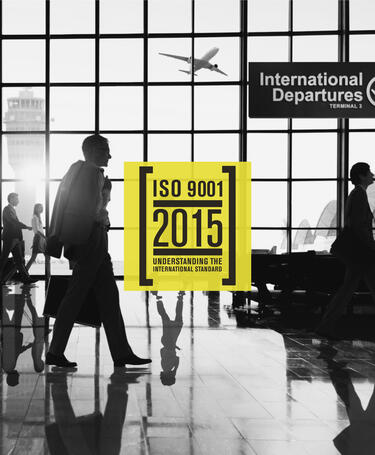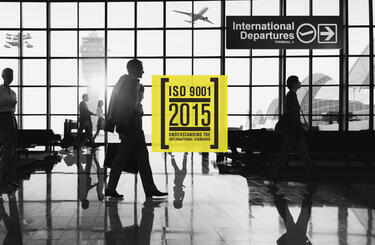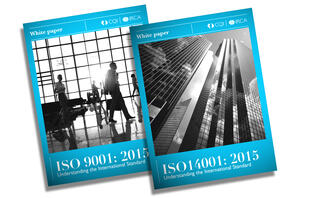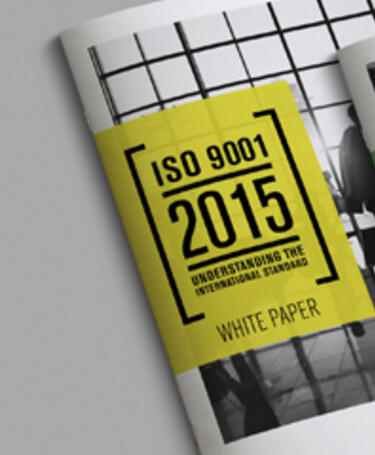
The value of ISO certification
Progress indicator

Alexander Woods, Policy Manager at the Chartered Quality Institute, analyses the 2017 ISO Survey of Certifications
In August, the International Organisation for Standardisation (ISO) published the results of its annual survey on the number of valid certificates for its management systems standards. The data for this survey is obtained from accredited certification bodies providing information on the number of valid certificates they have as of 31 December 2017.
At face value, the results are unremarkable. ISO 9001 continues to have the greatest number of valid certificates by far with 1.06 million, down 4% on 2016. ISO 14001 is a distant second with 362,000 valid certificates, up 5% on the previous year.
Overall, the number of valid certificates is down 1%. ISO 9001 shows a drop in the number of valid certificates by 4%, this represents 47,433 fewer valid certificates held in 2017 than 2016. Such is the dominance of ISO 9001, this represents a 3% decrease in the total number of valid certificates reported for all standards. The biggest drop in certificates was in Europe (down 61,930), with East Asia and the Pacific being the only region showing a growth in the number of certificates in 2017.
ISO notes that a contributing factor to this decrease is a change in the way in which valid certificates are reported. Previous surveys have included the total number of sites that were covered by a certificate, rather than the number of certificates held. This inevitably led to “double counting” where a single certificate covered multiple sites. For the 2017 survey, only the number of valid certificates were counted, regardless of the number of sites covered by the same certificate. Italy alone reported 52,497 fewer certificates attributed to this change in methodology.
It also noted that this decrease is in the context of transition from ISO 9001:2008 to ISO 9001:2015. With both the 2000 and 2008 versions of ISO 9001, a decrease in the number of valid certificates was reported at the end of the transition period. We can reasonably expect to see a further decrease in certificates in 2018, followed by an increase in 2019 and beyond if previous behaviour represents a trend.
A cursory glance at these results may suggest an industry on the wane – total numbers down, big slumps in the bigger markets and slower growth than one may expect in emerging ones. But below the surface there seems little suggestion that the certification industry is experiencing a dramatic shift. While pressure is mounting on the industry to demonstrate the value of ISO certification, this data suggests organisations are still choosing certification to demonstrate their ability to satisfy the interests of their stakeholders.
Get the latest ISO reports and resources

Our many reports and resources will help you achieve a smooth transition to ISO 9001:2015 and ISO 14001:2015.
